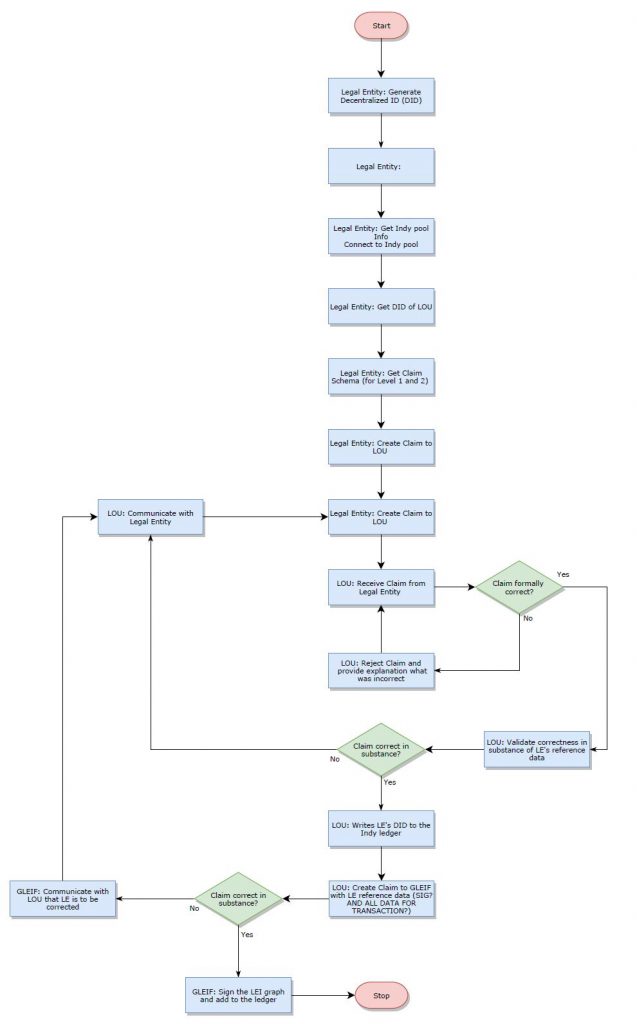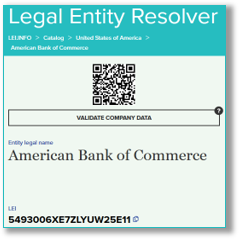We are happy to announce the first trial implementation of innovative GraphChain kind of Blockchain for our LEI.INFO infrastructure.
The main idea behind GraphChain is to use Blockchain mechanisms on top of an abstract RDF graph data model.
As LEI.INFO uses RDF graph data model to express LEI reference data as semantic data , GraphChain is the ideal technology for our startup.
What is GraphChain?
Assuming that, an RDF graph is an unordered set of triples (atoms of data of the shape: object -> property -> value) and a named RDF graph is an RDF graph which is assigned a name in the form of a URI, GraphChain is defined as:
- A linked chain of named RDF graphs specified by the GraphChain ontology and an ontology for data graph part of the GraphChain.
- A set of general mechanisms for calculating a digest of the named RDF graphs.
A set of network mechanisms that are responsible for the distribution of the named RDF graphs among the distributed peers and the for achieving the consensus.
GraphChain has been described in a series of papers and presentations. The key resources:
Papers: https://doi.org/10.1145/3184558.3191554 , MTSR 2018 Best Paper
Presentations: The Web Conference: https://ml.ms/TheGraphChainLyon, Blockspaces (Tampa): https://ml.ms/blockspaces
The idea of GraphChain is also illustrated in the animation:
GraphChain implementation for LEI.INFO
Recently, GraphChain technology has been created and implemented for LEI.INFO by R&D team of MakoLab SA. Currently, there are five nodes in the trail with Hyperledger Indy network run for LEI.INFO.
GraphChain allows for ultimate verification of the LEI data we publish. See it in action:
Click on the following thumbnails to verify LEI records on the GraphChain (Click Validate Company Data on the opening page)
See also how negative validation manifests itself (we have manually “corrupted” the data for the sake of this test):
Possible use of GraphChain for the entire LEI system
Folks at MakoLab have created a conceptual proposal how the entire LEI system could run on GraphChain. The idea of the system was presented to and discussed with GLEIF in August of 2018. In our opinion, application of the technology for the entire global LEI system with LOUs running their own nodes, would make it much safer and reliable. We hope GLEIF will consider the possibility seriously.

If you are interested in that part of our work, contact us.



